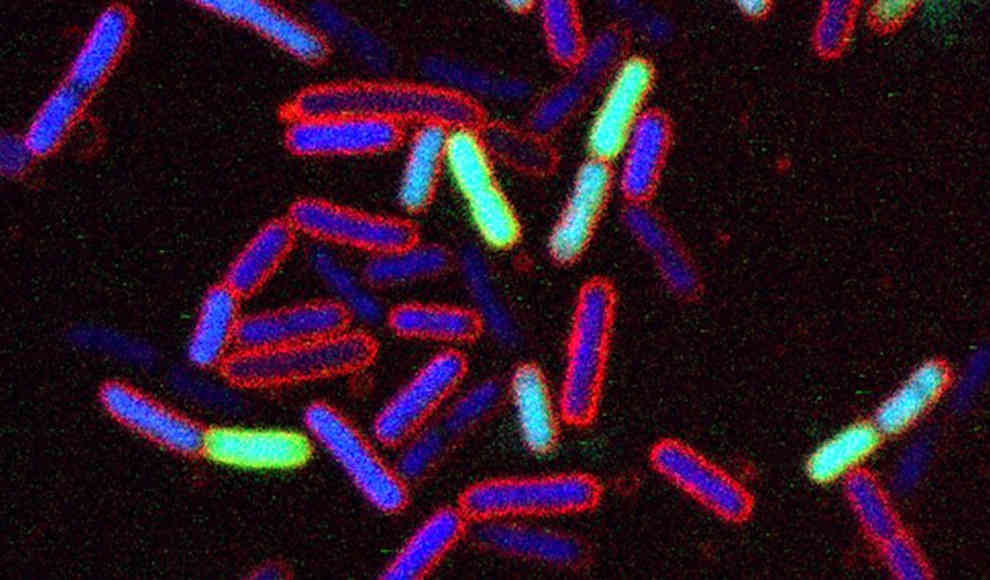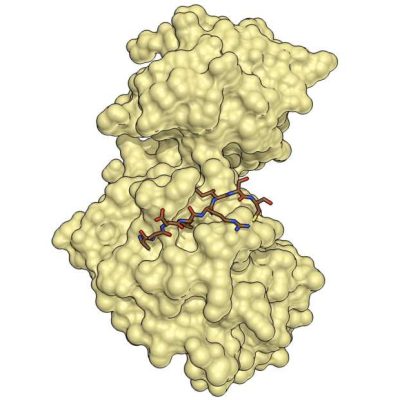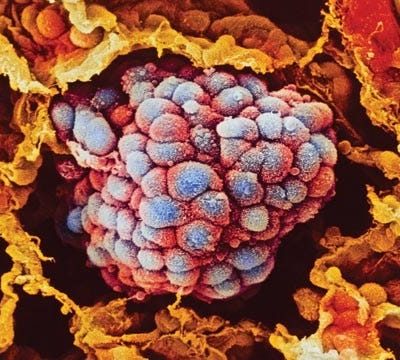A new antibiotic has been developed that can combat gram-negative bacteria, even those that are resistant to the reserve antibiotic Colistin. This breakthrough is achieved through a new mechanism that destroys the protective outer layer of the bacteria. The overuse of antibiotics has led to many bacterial pathogens developing immunity to these drugs. According to the World Health Organization, bacteria that are immune to Carbapenem and Cephalosporin antibiotics pose a threat to global health, as they can cause a range of diseases that can quickly lead to death. Gram-negative bacteria are also immune to the reserve antibiotic Colistin, making the development of new antibiotics a priority.
Researchers from the University of Zurich and Polyphor AG have developed new synthetic antibiotics that can combat gram-negative bacteria. These antibiotics interact with proteins in the outer membrane of the bacteria, causing the cells to burst. The new medication binds to the BamA protein in the bacteria’s outer membrane, interrupting the synthesis of the outer membrane and destroying the protective layer that shields the bacteria from environmental toxins and antibiotics. The destruction of the outer membrane also interrupts the uptake and release of signaling molecules and nutrients.
Experiments with cell cultures and mice infected with bacteria have shown that the destruction of the outer membrane inhibits infections. The new antibiotic can also treat hospital-acquired infections, such as those spread through residual water in washing machines. Clinical trials with humans are expected to follow soon. If successful, this would be the first drug against gram-negative bacteria since the 1960s. The researchers believe that this breakthrough has the potential to effectively combat life-threatening infections and meet an urgent medical need.










